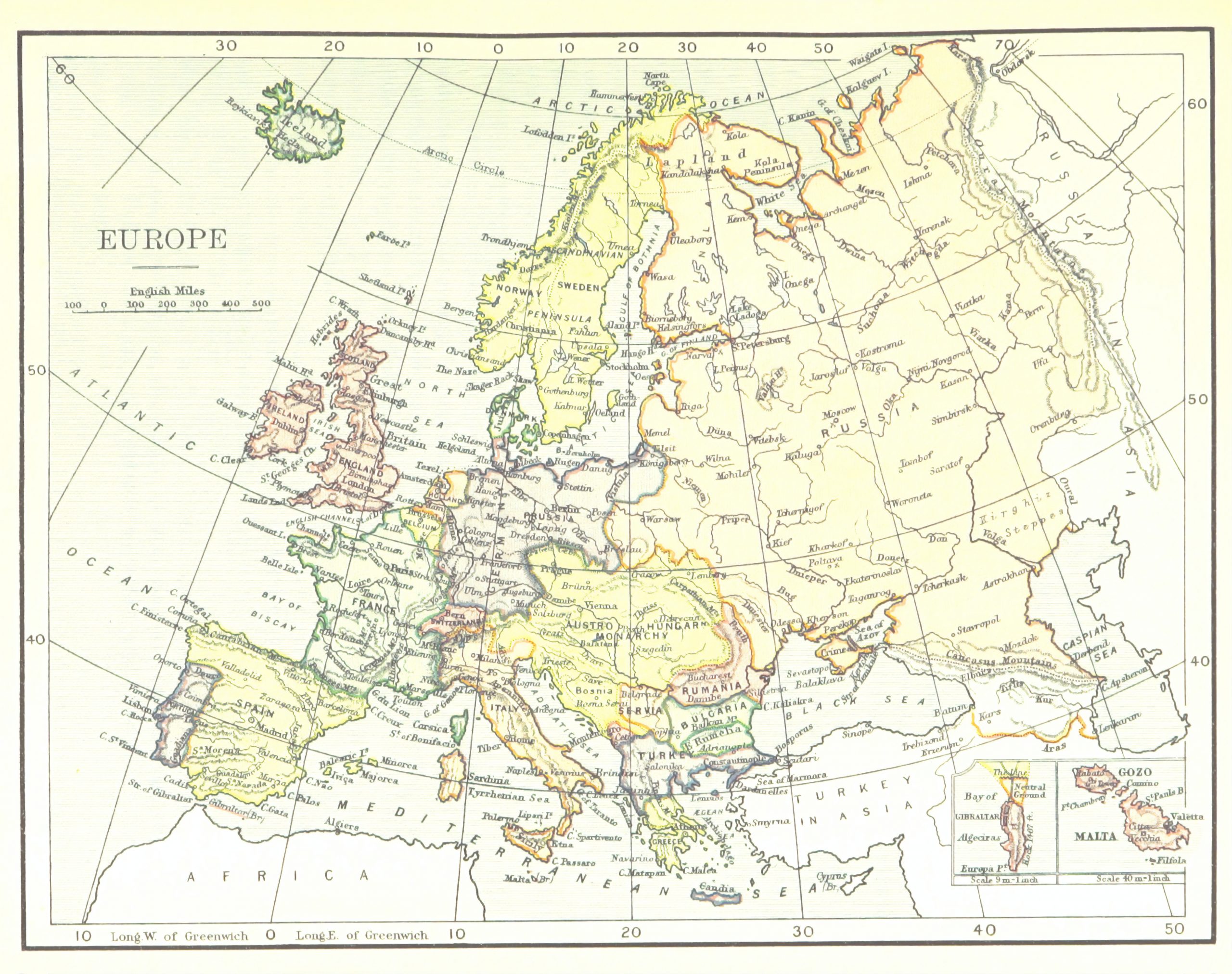Where ARE these places, anyway?

By Elizabeth Prata
Peter, an apostle of Jesus Christ, To those who reside as exiles, scattered throughout Pontus, Galatia, Cappadocia, Asia, and Bithynia, who are chosen according to the foreknowledge of God the Father, by the sanctifying work of the Spirit, to the obedience of Jesus Christ and the sprinkling of His blood: May grace and peace be multiplied to you. (1 Peter 1:1-2)
Did you ever wonder where those places were/are? I do. I find it helps me to look at a map in order to orient myself to the places mentioned in the Bible. Here we go!

You notice the word “Thracia” in the northwest part of the map. Thrace, according to Wikipedia, “is a geographical and historical region in Southeast Europe. It is split among Bulgaria, Greece, and Turkey, which is bounded by the Balkan Mountains to the north, the Aegean Sea to the south, and the Black Sea to the east. It comprises southeastern Bulgaria (Northern Thrace), northeastern Greece (Western Thrace), and the European part of Turkey (East Thrace).“
Galatia is the region where Paul wrote to the Galatians to correct them in that Epistle. Notice the eastern part of the map, the location of the Tigris and the Euphrates, those mighty rivers. At the southern part of the map you see the city of Damascus. About 160 miles south of the city of Damascus is the Israeli border, and from Damascus to Jerusalem is about 200 miles.
You see the island of Cyprus, where the city of Paphos is mentioned at the southern end of the island. Acts 13:6 mentions Paphos, where the crew “met a magician, a Jewish false prophet whose name was Bar-Jesus,“
You see the region of Cilicia, that was the region that contained the city of Tarsus, where Apostle Paul was born. That area was known for its expertise in tent making, and we know Paul was a tentmaker. (Acts 18:3). After Paul’s conversion, he was mainly itinerant. He spent the most time in Antioch, the closest place to a home he had until he gained heaven. He mentioned several times that he was self-supporting, not wishing to be a burden to anyone. He likely employed his skills at tent-making throughout his missionary career.
This map area is called Asia Minor. World History website says “The earliest reference to the region comes from tablets of the Akkadian Dynasty (2334-2083 BCE) where it was known as The Land of the Hatti and was inhabited by the Hittites. It was among the most significant regions of antiquity.” Genesis 15:20 mentions the Hittites.
On the western part of the map you see cities facing the Aegean Sea. Look for Smyrna, mentioned in Revelation 2:8, and Pergamum, mentioned also in Revelation 2. Pergamum was known for its incredible library, second only the the Great Library at Alexandria.
Asia Minor is riddled with difficult mountain ranges. Some of the steepest and most difficult to traverse were the Taurus Mountains. Some peaks extended upward of 12,000 feet. So when we read Paul went here or there, think of all his footsteps up mountains and down mountains… Amazing.
The earth is amazing and the LORD planned it to look and be exactly as He wanted. When the Flood happened, much of the earth’s topography was changed. Mountains formed, seas and lakes filled in, etc. When the events of Revelation occur, it is sort of an un-creation, a return of the topography to what it was before the flood. Mountains will flatten, islands will flee away, and so on. Then at the very end, the earth will be made anew, completely new. I can’t await to see what it looks like then… If you believe in Jesus Christ and have repented of your sins, you will also see it, and dwell on this beautiful earth forever.





